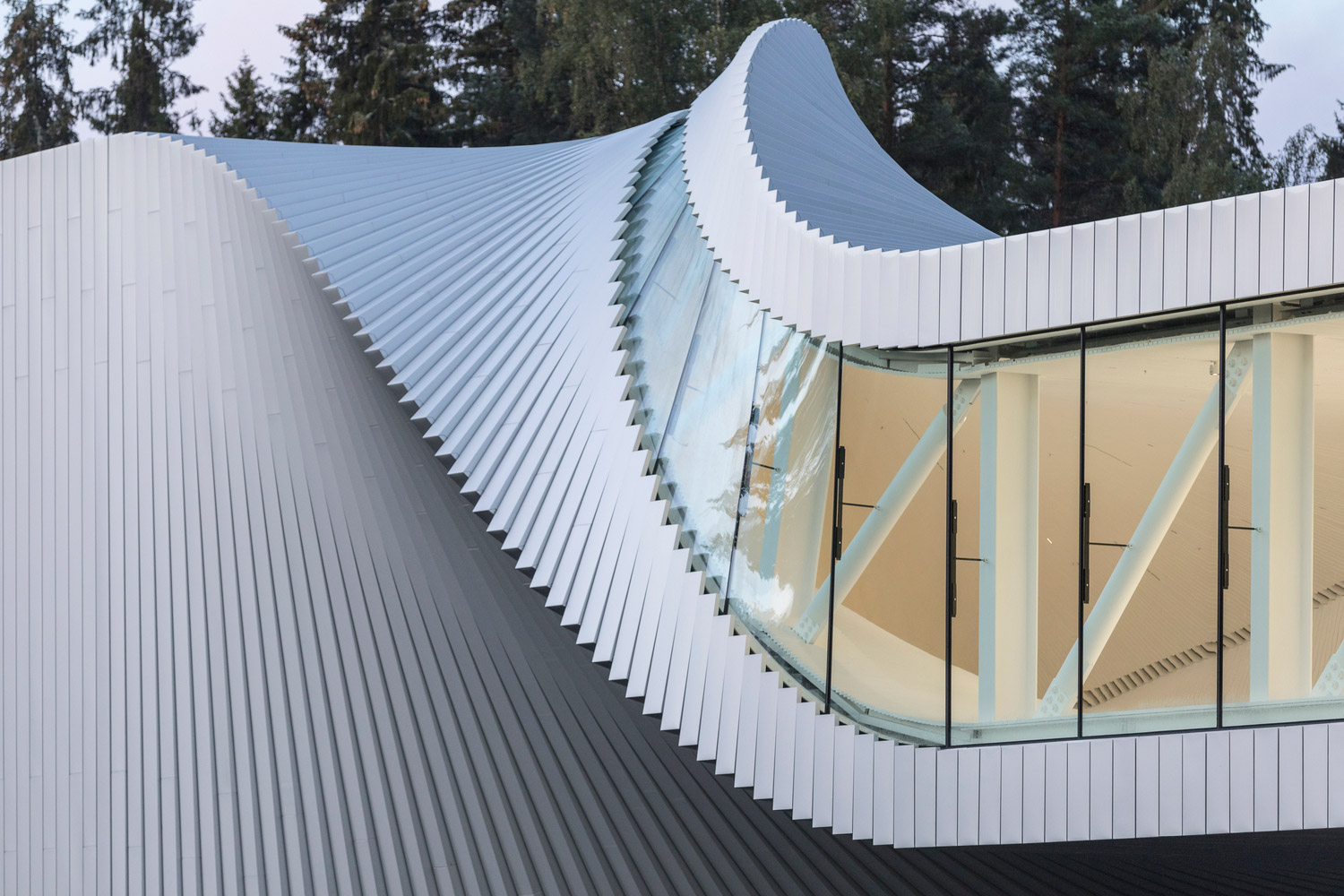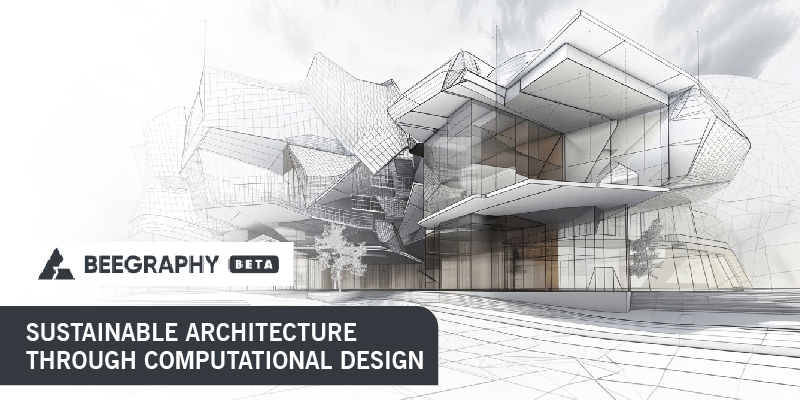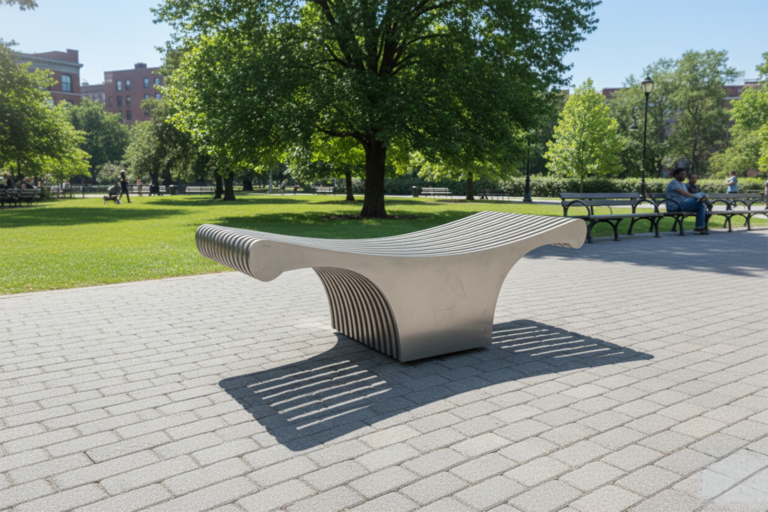With increasing concern about climate change, architects are using new technologies to design more environmentally friendly buildings. Sustainable architecture focuses on saving energy, using fewer resources, and cutting down on waste.
Computational design is a powerful tool that combines technology with sustainability, helping architects improve how buildings perform and use materials. By using these tools, architects can create an eco-friendlier future.
The growth of Computational Design Architecture has helped in developing smart building systems that can adjust to environmental changes instantly.

The Need for Sustainability in Architecture
Buildings are responsible for almost 40% of global carbon emissions, mostly because they use too much energy and resources inefficiently. In the past, architects focused more on how buildings looked and worked, often ignoring environmental concerns. But now, as climate change becomes more serious, the demand for eco-friendly buildings has increased. Architects are now expected to design buildings that save energy, reduce waste, and use resources wisely.
Sustainable architecture aims for goals like carbon neutrality and resource efficiency. But reaching these goals requires advanced tools. This is where computational design helps by giving architects data-driven solutions to create eco-friendly buildings that meet environmental standards while still being functional and attractive.

Kistefos Museum by Bjarke Ingels group (BIG) © Laurian Ghinitoiu
What is Computational Design in Architecture
Computational design architecture projects use algorithms and simulation tools to solve architectural problems. Compared to traditional methods, it allows architects to analyze multiple factors like energy use, material efficiency, and environmental impact at the same time. This saves time and encourages flexibility and innovation.
With these tools, architects can model complex buildings, test their performance under different conditions, and improve designs for sustainability. For example, they can use algorithms to find the best roof angles for natural light or design buildings that optimize natural ventilation. This precision helps ensure buildings meet environmental goals.
How it Can Help in Enhancing Energy Efficiency
Computational design plays a crucial role in creating energy-efficient buildings. By using advanced tools to model and analyze building performance, architects can make informed decisions that minimize energy consumption.
Here are some key contributions of computational design to sustainable architecture:
- Building Performance Simulation (BPS): This allows architects to test how different design choices affect energy efficiency.
- Informed Design Decisions: It helps designers optimize factors like window placement and insulation materials to use less energy.
- Climate-Responsive Design: It enables architects to create buildings that adapt to local environmental conditions.
- Maximized Natural Light: It helps designers analyze sun patterns to position buildings for maximum daylight and minimal heat gain.
- Improved Natural Ventilation: Architects can use these tools to design systems that cool buildings naturally, reducing reliance on air conditioning.
By using advanced algorithms, Computational Design Architecture helps architects make buildings more energy-efficient.
Using Computational Design for Material Optimization & Waste Reduction
Computational design offers significant benefits in architecture, especially in optimizing material use. By using advanced algorithms, architects can minimize waste and make better use of resources.
Here are some key advantages of using computational design for material efficiency:
- Reduced Waste: Algorithms help architects determine the most efficient ways to use materials, ensuring minimal waste during construction.
- Accurate Material Use: Techniques like 3D printing and digital fabrication allow for precise material application, resulting in buildings that use fewer resources.
- Stronger, Lighter Materials: Computational design enables the use of materials that are both lighter and stronger, maintaining safety while reducing resource needs.
- Sustainable Materials: Computational tools can identify opportunities to include recycled or eco-friendly materials, further decreasing environmental impact.
Computational design in architecture plays a crucial role in making architecture more efficient and environmentally friendly by optimizing material use and reducing waste.
BeeGraphy for Sustainable Architecture Through Computational Design
BeeGraphy is a cloud-based platform that helps improve sustainable architecture by making design and teamwork easier for architects and engineers. The BeeGraphy Editor is a strong tool that allows users to create energy-efficient and eco-friendly designs using computational design methods. Our platform also offers a marketplace where users can share and discover new parametric designs that focus on sustainability, encouraging the sharing of green ideas.
In Conclusion
Computational design is changing how architects think about sustainability. It helps improve energy efficiency, make better use of materials, and create buildings that can adapt to their environment. These tools are supporting architects in designing buildings that can effectively handle climate change challenges. As technology keeps advancing, computational design will continue to lead the way in sustainable architecture, encouraging new ideas and helping to build a greener future for our cities and communities.
Try BeeGraphy today and see the difference it can make to your computational design in architecture.










